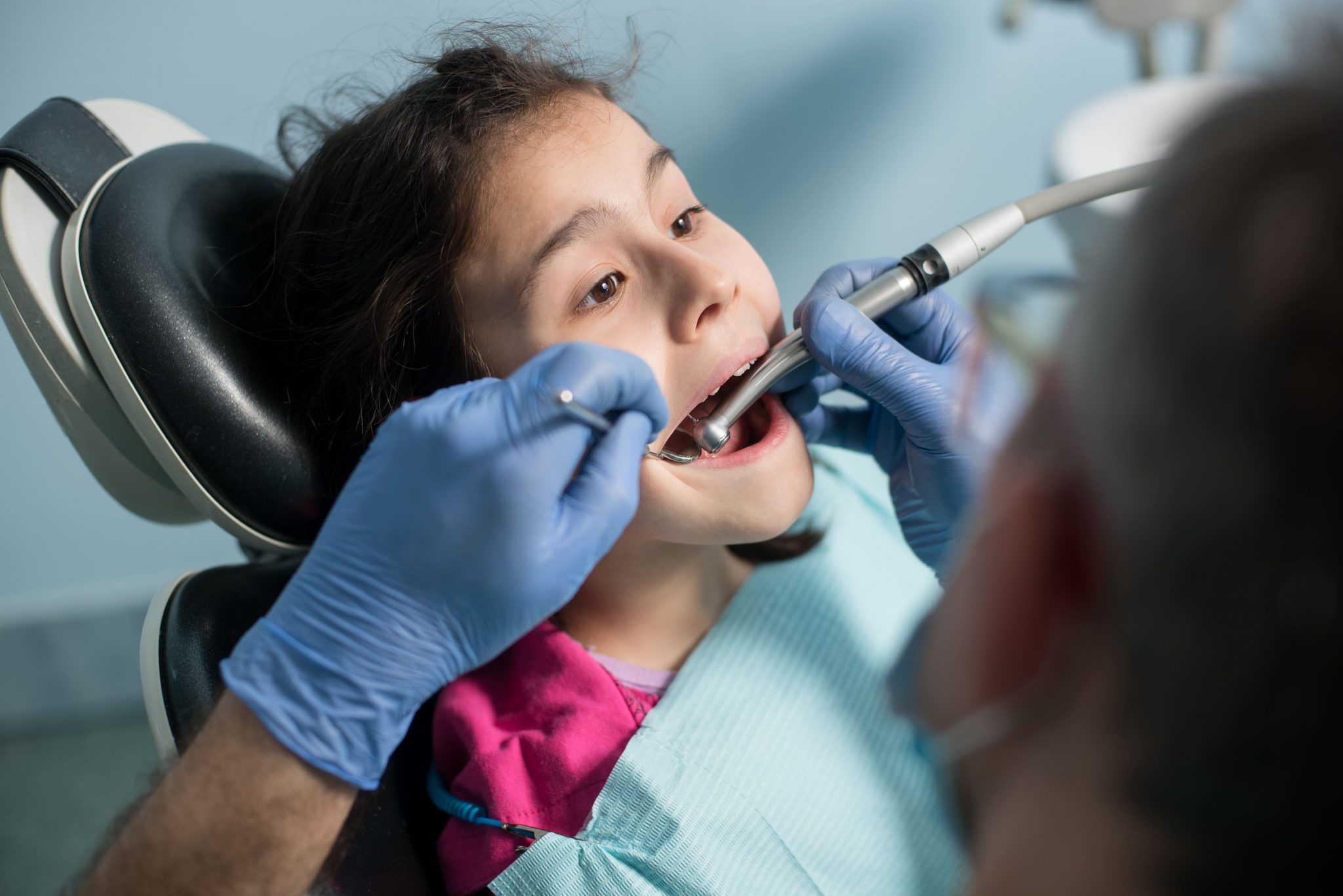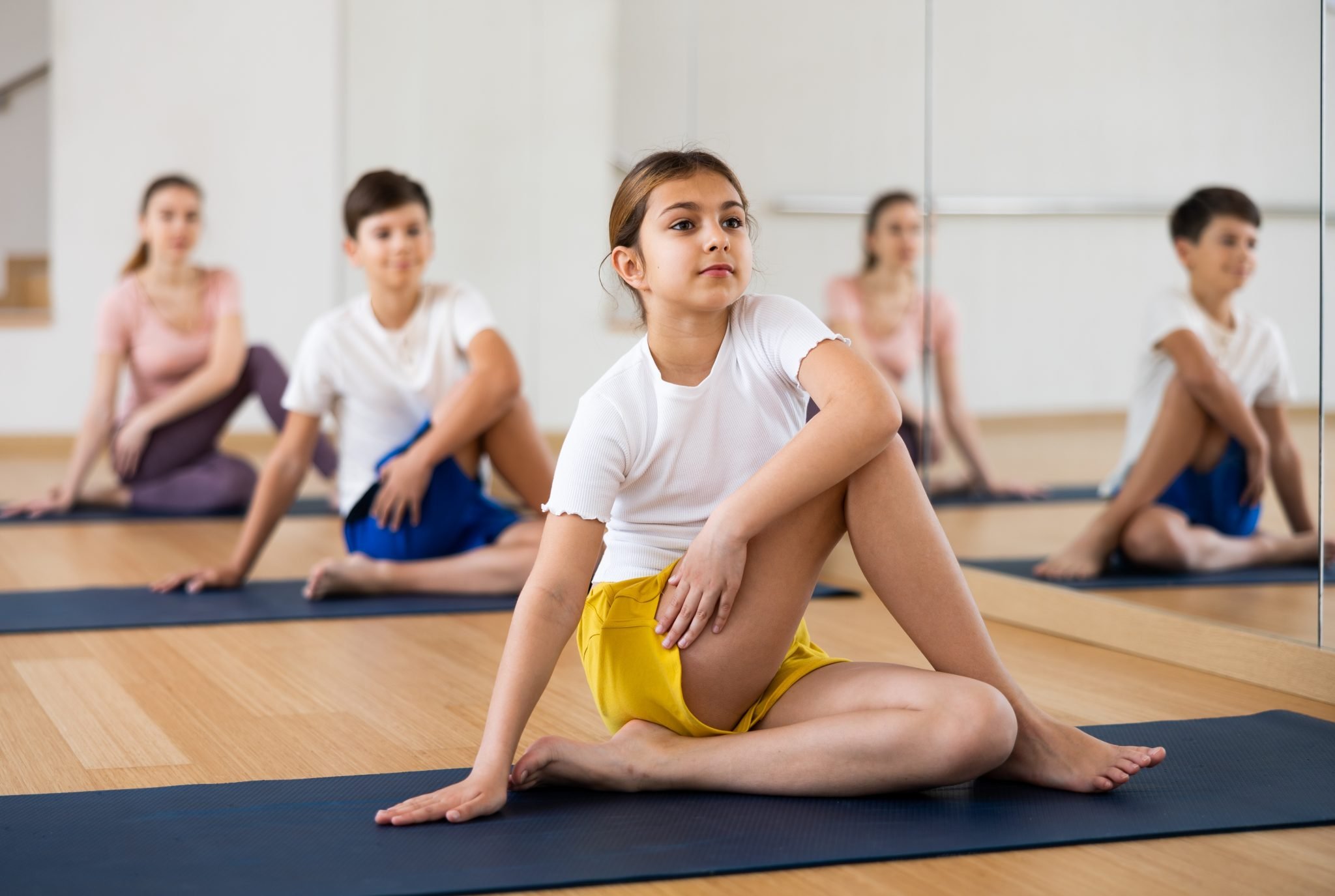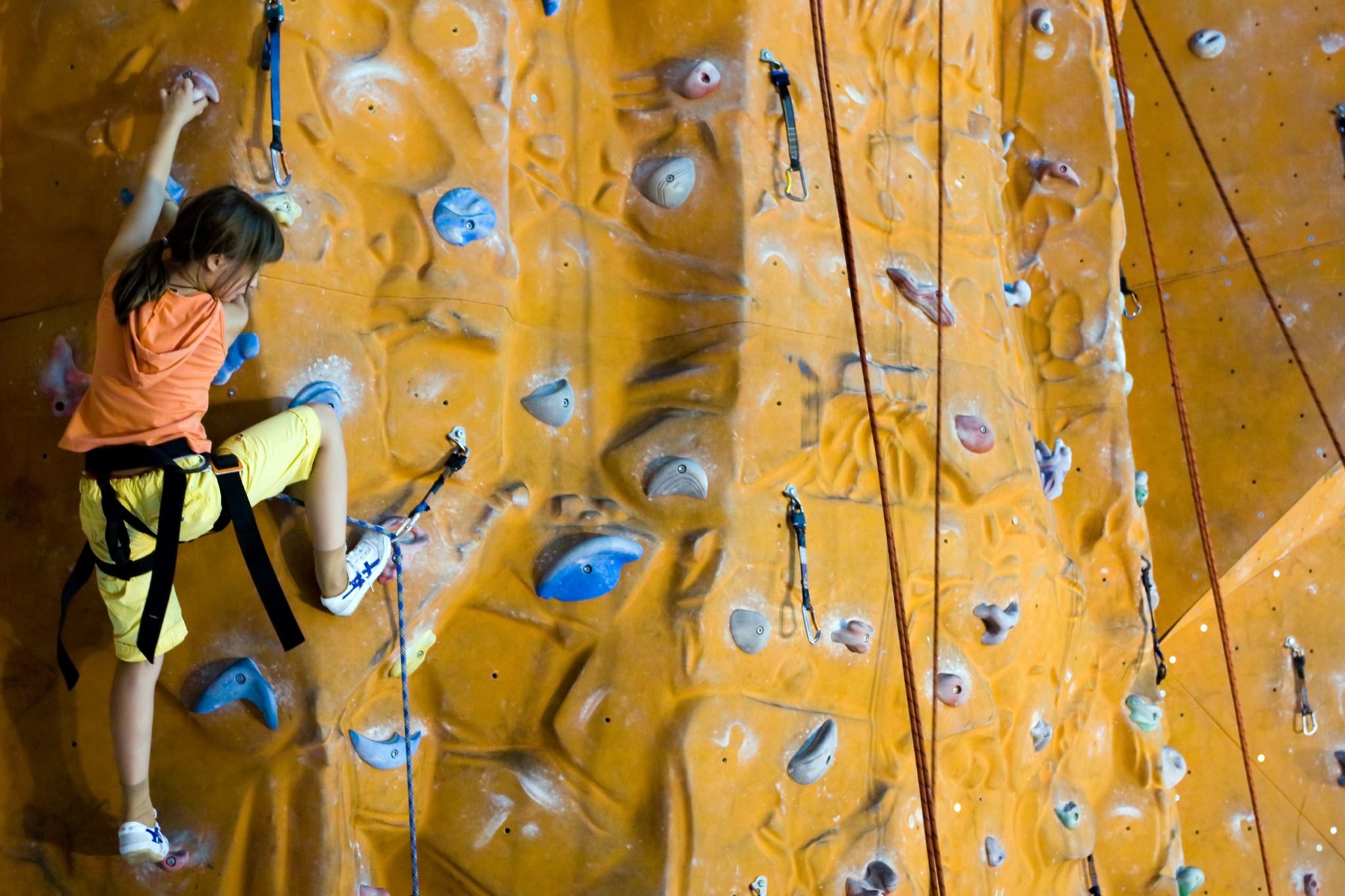Varuna Shunglu is an author, lawyer, health counselor and meditation teacher. She consults with Schools to create wellness curriculums and has worked with over 10,000+ kids in the last 8 years. Degrees : BA(Hons), LLB, Msc Yogic Science, Teacher trainer World Yoga Federation and Yoga Alliance International.
When six-year-old Ameya was diagnosed with rickets, his parents were shocked. Ameya had been healthy and active, but X-rays revealed that his bones were weak and deformed. Ameya’s doctor recommended a high dose of Vitamin D, and within a few months, his bones started to strengthen. He also includes a swimming routine in an outdoor pool and playing every afternoon with his friends in the sunshine on their balcony. Today, Ameya is a healthy and active eight-year-old who loves playing sports and running around with his friends.
The sun was always considered a source of “higher energy”, and with its help we grew our own food, received nourishment and thrived. As science has shown and proven, without sunlight, the body won’t receive the energy it needs, and that can cause mood changes.
What is Vitamin D and its role in the body?
“Vitamin D is critical for bone development and growth in children. It helps the body absorb calcium and phosphorus, which are necessary for bone mineralization. Vitamin D also plays an important role in the immune system and can help reduce the risk of certain diseases,” mentioned Dr. Nicole Avena, assistant professor of neuroscience at Mount Sinai School of Medicine. The statement shows that without sunlight touching our skin, and the outer layer of our bodies processing and turning it into an essential vitamin, it may not yield the best results.
What are the symptoms of Vitamin D deficiencies and primary line of defence?
Without the absorption of Vitamin D in the body, your child might experience the following symptoms.
- Lack of energy
- Fatigue
- Cloudy brain
- Forgetfulness
- Painful joints or rickets (can lead to malformed skeletal structure)
- Neurological issues
- Low immunity and poor health
- Susceptibility to colds and coughs
If your child is facing these issues, consult a specialist to understand if they need Vitamin D supplementation. You can also change their play routine and lifestyle to help them overcome Vitamin deficiency and increase their ability to absorb these minerals properly.
In this article we talk about rickets, a condition that affects bone growth in children because of Vitamin D, C and phosphorus deficiencies. These deficiencies result in soft bones, malformation, and pain in the body. Apart from that, there’s that fear that your child’s bones may not be able to endure much impact, leading to injuries and even easy fractures. This, then, also delays the growth of your child.
How Vitamin D strengthens bones and prevents rickets
The body is a whole and complete system in itself. When there is a deficiency in the body, other systems get thrown off balance as well. As you already know, the deficiency of Vitamin D prevents calcium and phosphorus absorption by the body. Therefore, one needs to ensure that their child gets enough of Vitamin D to help create a sustainable foundation for a lifetime.
The Journal of Nutrition states, “Without adequate Vitamin D, the body cannot effectively absorb calcium, leading to weakened bones and an increased risk of fractures. Rickets, a disease that causes softening and deformities of the bones, is a consequence of severe Vitamin D deficiency.”
When 12-year-old Nikita came to us with joint pains, we found that her calcium and Vitamin D levels were low. Entering her teens soon, she was very conscious of her diet and we convinced her to increase her intake of Vitamin C and calcium rich foods, nuts and seeds with a balanced meal plan and regular walks in the morning sun. She was soon feeling better, more active, and her confidence levels also went up. She is now working on building muscle with light weight training and resistance routines to strengthen her joints. Now, she walks regularly without any joint pain.
Simple dietary additions and supplementation if levels are very low, can help build so much inner strength in kids. However, do consult your doctor for dietary additions and supplements. Helping kids understand their body’s requirements creates greater awareness especially if it’s done in a systematic way.
Vitamin D levels and supplementation
The ideal Vitamin D levels for kids is around 8.5 to 10 Micrograms (mcg) per day. Vitamin D levels for men and women is around 15-20 mcg per day. If you are a nursing mother, then Vitamin D levels for women is 15 mcg, not more. If your child’s Vitamin D levels are less than 30-100 ng/ ml in their blood tests, ask your healthcare provider the form of supplementation your child needs and revamp their daily routines to get them outdoors for sunshine time!
Popular Topics

What is Vitamin D deficiency? Spotting early signs of Vitamin D deficiency
Reviewed By Divya Gandhi, Dietitian

Understanding How Vitamin D Leads to Strength
Reviewed By Kejal Shah, Nutrition Expert

Vitamin D deficiency in children and what does it lead to?
Reviewed By Apurva Surve, Sports Nutritionist

Why is Vitamin D an essential nutrient? Know how it plays a role in your child’s development
Reviewed By Varuna Shunglu, Health Counselor & Meditation Teacher
Exercises and yoga asanas to strengthen bones:
In addition to getting enough Vitamin D, exercise and yoga can help strengthen children’s bones. Some bone-strengthening exercises and yoga asanas include:
- Resistance training with thera bands
- Running and light jumping
- Skipping rope
- Dancing
- Martial arts
- Tree pose
- Warrior II pose
- Downward-facing dog pose
Conclusion:
The human body is an intricate circuit and its systems are interconnected. To help your child lead a normal, healthy life, these essential vitamins and minerals need to be supplemented into their diet as a first and primary course of action. Then, if necessary, consult your child’s doctor or a health specialist to understand if they need extra supplementation over and above food.
Research has shown that gentle impact and gradual increase of weights in your practice can lead to stronger bones that can bear more weight and have better density.
A daily practice with resistance bands will also help improve strength, mobility and endurance in the body. Whether your child is new to training or has been training for a while, challenging them constantly but with moderate intensity based on their skills levels can be life-changing. You can try the above poses 3 to 4 times a week for maximum benefits. Along with eating phosphorus and calcium rich foods, exercise is the next most important foundational pillar for improving bone density.
The views expressed are that of the expert alone.




